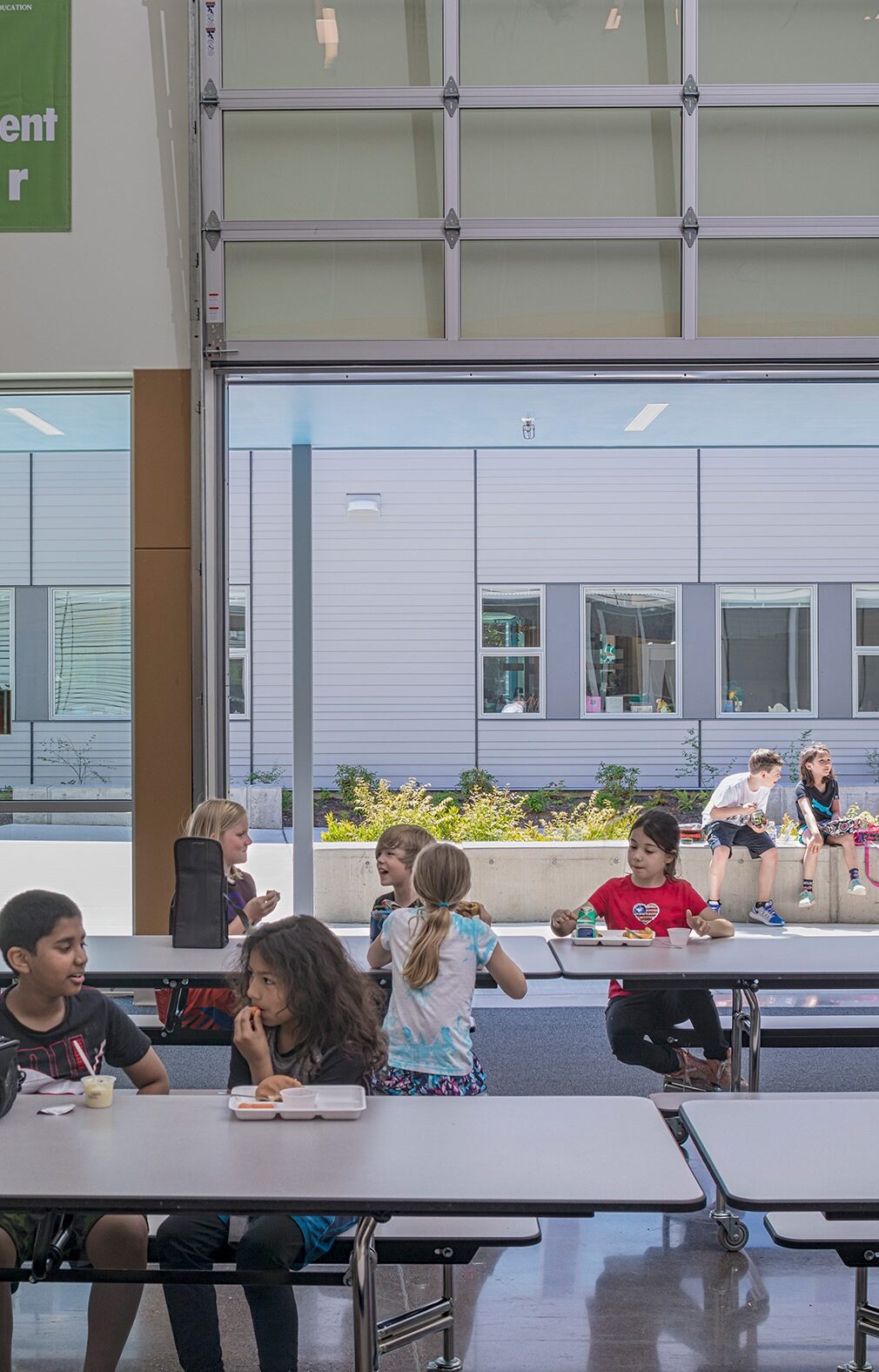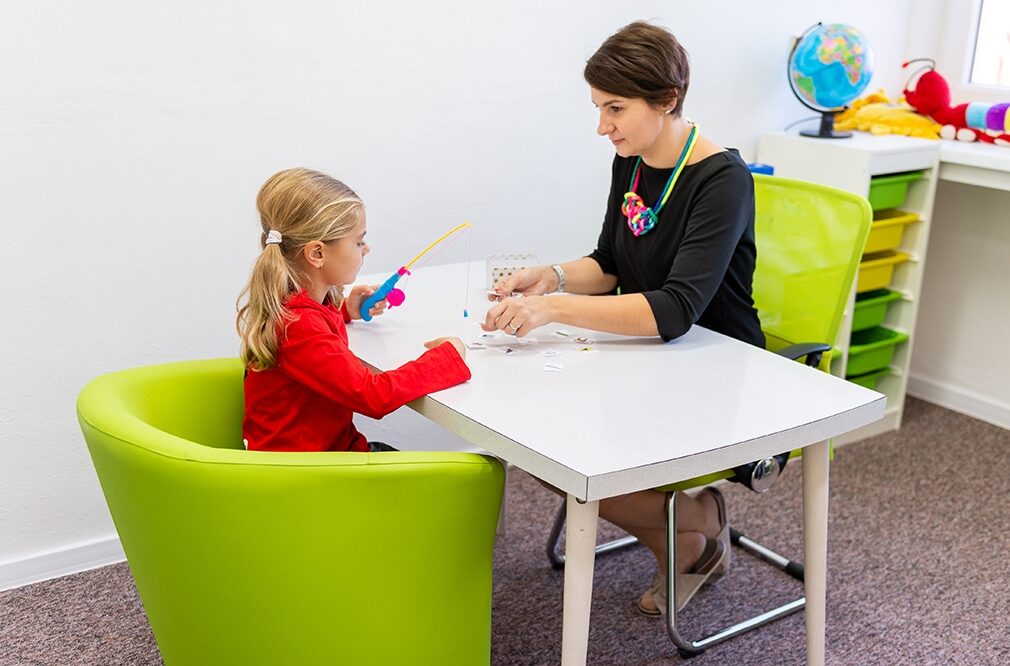Understanding COVID-19: How Schools Responded

It hit unexpectedly. COVID-19 struck like a tidal wave. In response to the virus, businesses and an unprecedented number of schools took immediate action and closed their doors. At the time, many of the schools implemented online learning. A year later, with the benefit of hindsight, we're now able to view our collective response to COVID-19 from a new angle. We can now see how technology was crucial to maintaining avenues of communication. In human terms, we can also begin to understand the emotional effects of a pandemic on students, families, and educators.
Moving Online for the First Time
Moving to an online learning platform was an abrupt pivot and a massive shift. In general terms, however, the transition was successful for many schools. The wide-spread Herculean effort worked. Some schools, though, were unable to set up or continue guided online instruction. Instead, they were forced to send students home with self-work packets.
By the end of May 2020, 97% of schools provided online education or support. Still, 50% of schools lost between 3 and 13 days of instruction in the 2019-2020 academic year; 25% lost between 13 and 30 days of instruction. While there are many positive stories, there were (and are) significant challenges associated with the move to virtual learning. Chiefly among them, creating accommodation for students on Individualized Education Plans (IEPs) and dealing with food insecurity left by withdrawing in-person schooling.
Food Insecurity
Schools and districts have always been heroes within their communities. This is especially true now in terms of food security. This past year, many districts have been hailed for their monumental, heroic efforts to ensure students had something to eat while school buildings remained closed. By May 2020, as many as 95% of schools were providing meal assistance. This assistance has continued large scale throughout the pandemic.
In Southern California, for example, the Los Angeles Unified School District (LAUSD) provided more than 100 million meals during COVID-19 closures at the time of this publication**. Similar monumental efforts are happening all over the country. Districts are alleviating some of the strain on students and families, 35% of which were food insecure as early as April 2020. Some reports place as many as one in five families, or 20% of the population, in a state of food insecurity due to the pandemic. Unfortunately, food insecurity has not been the only challenge. Keeping kids engaged and on track academically and socially has also been a hurdle.

Schools have long been a source of reliable nutrition for students, often providing breakfast and lunch options as well as snacks. (Happy Valley Elementary School, Bellingham, Washington - NAC)
Many students have lost the hands-on, one-on-one interaction with staff that they had with in-person school. For students with IEP’s, this has also meant a loss in access to services for many.

Many students have lost the hands-on, one-on-one interaction with staff that they had with in-person school. For students with IEP’s, this has also meant a loss in access to services for many.

Technology has been crucial in maintaining avenues of communication.
Keeping Kids on Track
Approximately 13% of public-school students have registered disabilities requiring an IEP, with a twofold higher rate in lower-income communities. Concerning children with mental health or behavioral needs, 80% rely on school-based services, which many have lost access to during closures. Schools, teachers, students, and families are trying their best to work within these constraints. Even though they're meeting challenges with flying colors, the learning curve has been steep. They've had to constantly adapt to new approaches to helping students and families. Educational research predicts significant learning losses from COVID-19. To date, 50-100% of students are behind where they should be academically. This loss may also have a greater impact in lower-income and disadvantaged communities.
In addition to food insecurity, and student engagement, there has been a third obstacle. Ensuring all students have access to online classes and learning material is an ongoing concern for educators and families. This has been possibly the most significant challenge faced by many in education over the last year.
Equitable Technology Access
Before the pandemic forced school districts to adapt, an estimated 35% of K-12 students had access to learning-supportive technology only in school computer labs. Approximately 29% of students in grades 3-5, 25% in grades 6-8, and 23% in grades 9-12 experienced the same issue. During the pandemic, students in rural environments have been particularly affected. Living far from central population hubs can mean more limited access to resources. Internet service, transportation, and working family dynamics can be roadblocks for these students.
One rural Alaskan community noted several of these challenges. The community has had to work diligently to overcome obstacles and ensure student success. For example, many students and teachers didn't initially have internet access at home. There was also difficulty accessing textbooks, many of which were not available as e-books. From rural communities like this, we've learned how important technology and daily communication is to keep students on track. Early into quarantining, it was clear that equitable access was imperative. Teachers needed to adjust learning and lesson models to accommodate the different formats of different online platforms. Thankfully, even after Wi-Fi hotspots were established, teaching strategy changes proved sustainable and effective. The success of the new online learning methods and plans didn't come without drawbacks, however.
Increased workload for educators became an issue early on. Teachers have reported working longer hours to reach as many students as possible and accommodate their students' varying needs. Many educators have also expressed concern regarding how much can be taught online. The limits of an online curriculum became apparent once quarantining began in both rural and urban environments. When schools first transitioned to remote learning on a large scale, 71% of teachers reported effective technology use was a critical component to their students' success no matter where they lived. In particular, support access for hardware and take-home packets has been essential during this pandemic to support their academic and social well-being.
What will be the long-term effects?
With spring 2021 semesters, quarters, and trimesters underway, it appears most districts have been able to figure out the new online learning systems schools have established. Now, having been in quarantine for a year, we're all wondering when the world can return to "normal," even though we're no longer sure what that means.
Collective trauma events, such as epidemics and pandemics, have significant social and emotional consequences for people, especially children. COVID-19 has produced emotional and behavioral disturbances—anxiety, depression, post-traumatic stress disorder (PTSD), and adjustment disorders. Previous epidemics, such as the SARS outbreak in east Asia in 2003, can help give us some guiding points regarding what to look for concerning long-term effects.
Many Chinese and Japanese students questioned reported considerable and lasting social and academic changes with the SARS outbreak. Of those students, 60% reported feeling significant and ongoing psychological and social impacts. At the time of the study, some of the students had contracted COVID-19, some had not. Moving forward, Social Emotional Learning (SEL) integrated mental health services and space designed for SEL will likely help support students struggling academically. In addition, socially adaptive space will be more critical in the built environment of our schools and learning platforms.
Where do we go from here?
We're not out of the woods, but we can see the light ahead. With hope, the pandemic will be in our rearview soon, and fall 2021 will be a different scene for students and educators. It's still too soon to tell how new teaching strategies will be used moving forward. Will tools such as Zoom and Google Classroom still be used in some way? Will students still have the option to learn from home? And what social and emotional effects will we see post COVID-19?
For more information, be sure to read our qualitative white paper on this subject. Also, don't miss past stories related to COVID-19 and online learning in NACLAB by NAC architects Melissa McFadgen and Philip Riedel.
Sources
Bailey, John P., et al. A Blueprint for Back to School. American Enterprise Institute, 2020, www.jstor.org/stable/resrep24606. Accessed 31 Mar. 2021.
**City News Service. "LAUSD Served 100 Million Meals to Students, Community during COVID-19 Pandemic, District Announces." ABC7 Los Angeles, KABC-TV, 2 Feb. 2021, abc7.com/lausd-covid-reopening-coronavirus-school-closure/10228874/.
Evans, Julie. "Digital Learning: Peril or Promise for Our Students." Tomorrow.org, 2019, tomorrow.org/Speakup/downloads/2018_19-Speak-Up-National-Congressional-Briefing-Paper.pdf.
Goldschmidt, Karen. "The COVID-19 Pandemic: Technology use to Support the Well-being of Children." Journal of pediatric nursing vol. 53 (2020): 88-90. doi:10.1016/j.pedn.2020.04.013
Hunter, Kaitlin, and Jillian McGrath. It's Time to Strengthen the Food Safety Net. Third Way, 2020, www.jstor.org/stable/resrep25618. Accessed 31 Mar. 2021.
Kaden, Ute. "COVID-19 School Closure-Related Changes to the Professional Life of a K–12 Teacher." Education Sciences 10.6 (2020): 165. Available; http://dx.doi.org/10.3390/educ...
Malkus, Nat, et al. School District Responses to the COVID-19 Pandemic: Round 6, Ending the Year of School Closures. American Enterprise Institute, 2020, www.jstor.org/stable/resrep25360. Accessed 31 Mar. 2021.
Masonbrink, Abbey R., and Emily Hurley. Advocating for Children during the Covid-19 School Closures. 1 Sept. 2020, pediatrics.aappublications.org/content/146/3/e20201440.
Zheng, G, et al. "Exploratory Study on Psychosocial Impact of the Severe Acute Respiratory Syndrome (SARS) Outbreak on Chinese Students Living in Japan." Asia Pacific Journal of Public Health, vol. 17, no. 2, 2005, pp. 124–129. JSTOR, www.jstor.org/stable/26723369. Accessed 31 Mar. 2021.
